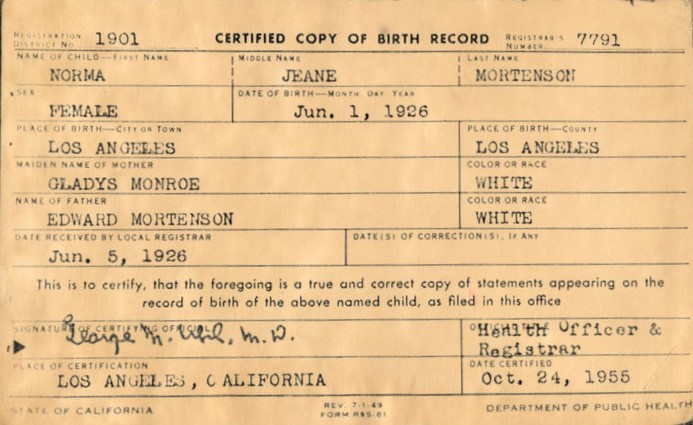
Original text written in French
Marginal annotations are a measure of publicity intended to establish a relationship between two acts of civil status or between an act and the transcription of another act or judgment.They are, for the genealogist, a valuable element of his research.
Varied and numerous, they make it possible to make certain situations known, and to avoid fraud. Marginal annotations are often a key element for genealogical research in France, since the knowledge of an act will allow the genealogist by a mention of having knowledge of another act. If you may find some marginal annotations in church records, like a cross or the word obiit (dead) in the margin of a baptism record, the first marginal annotations date from 1804. The first annotations are the acknowledge paternity of a child, and legitimization. When a child was born to a single mother, the midwife, or a relative, declared the child. It happened the mother was not named. The recognition was then done by the mother, within the three days following the birth. It happened that a mother recognized her child when he / she was going to marry, or when she knew she was dying. Indeed, as long as the natural child was not recognized by his / her mother, he / she could not be his / her heir.The legitimization is consecutive to the marriage of the parents. Therefore, the child, who was named after the mother, will be named after the father. In the marriage certificate, generally before the appointment of witnesses, it is specified that the spouses declare that they recognize as such a child, or more (with their first names) born at a certain place and on such date.

ROQUES Marie Madeleine legitimization _ Archives de Toulouse - Naissances (1846-1856) - 1E364
In this mention, the genealogist discover not only the name of the child’s father, but also the date, and place of marriage of her parents. Marie Madeleine who was named Mandou, after her mother’s name, is now named Roques, after her father’s name. Divorce was instituted in France in 1792, abolished in 1816, and finally reinstated in 1884. Since the law of April 18th, 1886, and in order to avoid bigamy, but also to inform about the change in the status of the couple, mention of the divorce must be made in the margin of the marriage certificate and the birth certificates of each of the spouses. Following the mention of the divorce, mention of the marriage must be reported in the margin of the birth certificates of the spouses since 1897. Since this date, any town hall celebrating a marriage must send a notice to the town halls of the spousal births.

Annotation of marriage _ Archives de Toulouse - Naissances (1891-1910) - 1E554
In the aftermath of World War II, and to avoid identity theft, a ruling dated march 1945 stated that "mention shall be made of the death in the margin of the deceased's birth certificate ». The same ruling stated that, in the case of death outside the municipality of residence, the transcription of the declaratory judgment of the death shall be made in the margin of the registers of the city where the death certificate should have been drawn up at the date of the death.Acknowledge paternity, legitimization, marriage, divorce, death, the birth certificate will be the most laden act in marginal annotations. Therefore, in the event of marriages, and multiple divorces, for lack of sufficient space in the act, the civil registrar will make a reference to the end of the register, where the genealogist will find the additional annotations.Click here to receive help from an expert with your French genealogy research.




